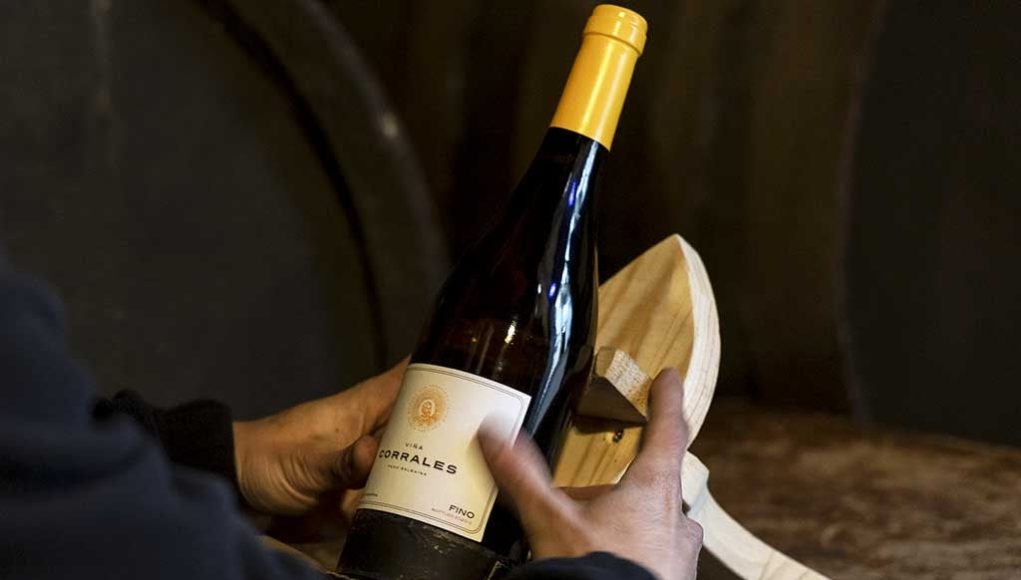Bodegas San Francisco Javier
Bodegas San Francisco Javier is the joint venture in Jerez of Peter "Pingus" Sisseck and Carlos "Hacienda Monasterio" del Río. In 2017 the dream came true for Peter Sisseck and was able to buy a Bodega in Jerez. It had been a dream since 1993 when he first visited Jerez in southern Spain. Many people had asked Sisseck to produce a white sibling for Pingus and he certainly tried many but never really fell in love with any of the white wine regions until one day it dawned on him that the Fino from Jerez was probably the best white wine in Spain (read: Sisseck's opinion). The problem is that people never thought of Fino as a white wine in its own right. Something similar happened in Champagne buds, nobody thought this would be a place for nice bubbles and we now know otherwise. In addition to Sisseck, Equipo Navazos is also famous and makes a number of white wines in addition to the regular top sherries.
In Jerez, the vineyards are organized within “Pagos”. Pagos are large vineyard areas. Marchanudo, Carrascal, Balbainas, Añina and Los Tercios are some of the better known. Diego Paraday Barreto listed a total of 134 Pagos in 1868, each carefully classified. In some cases, wines have used the Pago on the label, of which Fino Inocente from Marchanudo is a good example. But no one used the few vineyards in the Pagos. Sisseck's idea was to produce an untried Fino from single vineyards as you would in the largest vineyards in the world. In total they bought 10 Ha. 8 Ha in Pago Balbaina, historically famous for producing excellent wine for Finos. The vineyard is historically called "Viña Corrales". They also bought 2 Ha in Pago Marchanudo. "Vina La Cruz". Marchanudo the famous Pago of the Domecq family and famous for producing Amontillados (Amontillados is the result of "overripening" the Fino.) This Pago is more inland than Balbainas (facing the sea), so the grapes have the tendency to mature more and produce wines with more extract and body.
In an ideal world to produce 100% single vineyard wine, you would have to build your own Solera and then take 10-15 years to produce your first wines. Sisseck had no time or money for this so second best was to buy an old existing Solera and top it up with your own young wine. They started this in the autumn of 2017 after the first harvest. The cellar is an old Almacenista founded by Don Angle Zamorano in the 60's.







